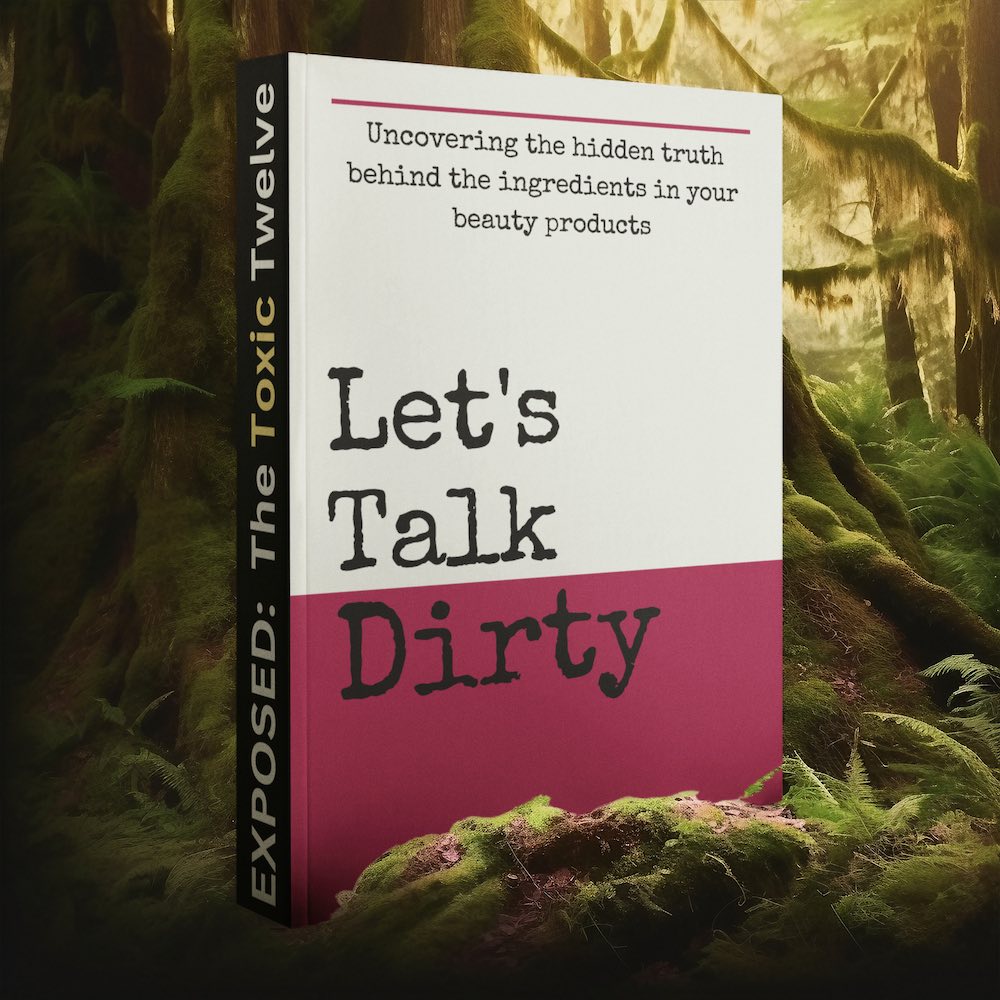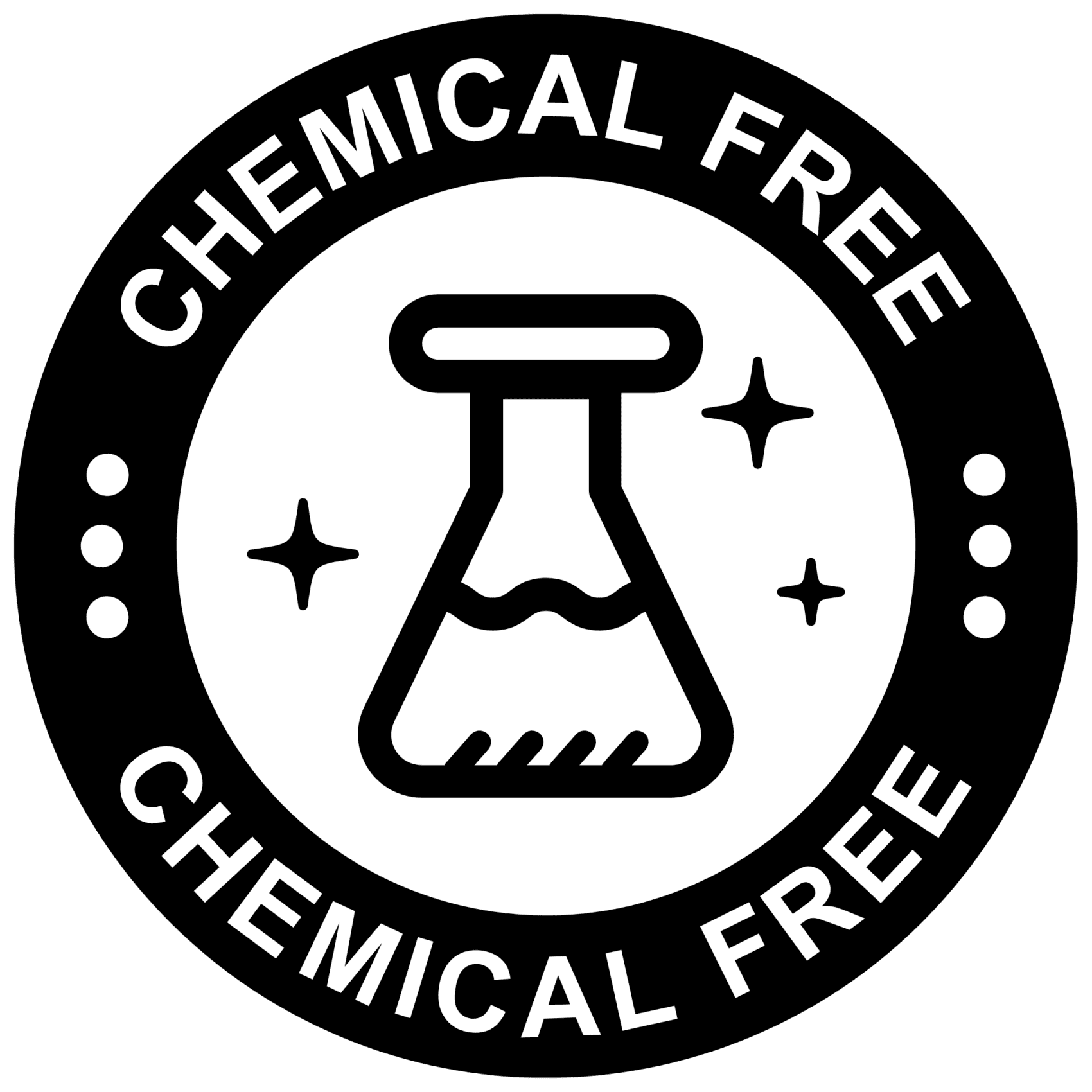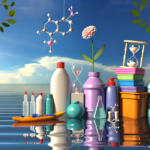Introduction to Hormone-Disrupting Chemicals
Endocrine Disrupting Chemicals (EDCs) are substances that can interfere with the endocrine system, which is responsible for regulating the body’s hormones. These chemicals can mimic, block, or alter hormones and their signaling pathways, leading to adverse health effects. EDCs can be found in various products, including plastics, personal care items, pesticides, and industrial chemicals.
Sources and Risks of EDC Exposure
Humans can be exposed to EDCs through ingestion, inhalation, and skin contact. Common sources include food and beverage containers, personal care products, household cleaners, and contaminated air and water. The risks associated with EDC exposure can be higher for certain populations, such as children and pregnant women, due to their potential impact on development and reproductive health.
The Impact of EDCs on Health
Exposure to EDCs has been linked to a range of health issues, including reproductive disorders, developmental problems, metabolic diseases, and certain cancers. The effects of EDCs can be particularly concerning during critical periods of development, such as fetal growth and puberty, where they can cause long-lasting changes to the body’s hormonal systems.
Regulatory Landscape and Consumer Awareness
Regulatory agencies worldwide are tasked with assessing the risks of EDCs and establishing safety guidelines to protect public health. However, the regulation of EDCs can be challenging due to the complexity of their mechanisms and the vast number of chemicals in use. Consumer awareness is also crucial, as informed individuals can make choices to reduce their exposure to EDCs by selecting safer products and advocating for stronger regulations.
Personal Hygiene and EDCs
The Importance of Handwashing
Handwashing is a fundamental practice for maintaining personal hygiene and health. It is especially crucial in the context of reducing exposure to hormone-disrupting chemicals (EDCs). Frequent handwashing helps to remove chemical residues that may accumulate on the skin from various sources, including personal care products, household items, and environmental contact. By washing your hands with safe soaps, you can significantly decrease the potential intake of EDCs through inadvertent hand-to-mouth activities or absorption through the skin.
Choosing Safer Soaps and Personal Care Products
When selecting soaps and personal care products, it’s essential to opt for those that are free from harmful chemicals. Many conventional products contain EDCs like phthalates and triclosan, which can interfere with the body’s hormonal balance. To minimize exposure, choose products that are labeled as fragrance-free and without antibacterial properties. Additionally, resources such as the Environmental Working Group’s Skin Deep Cosmetics Database can guide you towards safer choices with fewer and less harmful ingredients.
Avoiding Fragrances in Personal Hygiene
Fragrances in personal hygiene products are often a complex mixture of undisclosed ingredients, which may include EDCs. The term fragrance on a label can signify the presence of potentially hundreds of chemicals, some of which, like certain phthalates, are known to disrupt hormones. Since fragrance is not necessary for the effectiveness of a product, it is advisable to choose fragrance-free options for creams, cleaning products, and laundry detergents. Vigilance is necessary as fragrances can appear in unexpected places, such as diapers or trash bags. By avoiding these unnecessary additives, you can reduce your exposure to hormone-disrupting chemicals and protect your endocrine health.

Do you have the most commonly used but toxic, disease bringing chemicals in your skin care? Many chemicals in skincare are hormone disruptors and make menopause symptoms worse.
Find out more…
Household Cleaning and Maintenance
Dusting and Vacuuming to Reduce EDCs
Regular household cleaning is a simple yet effective way to minimize exposure to endocrine-disrupting chemicals (EDCs) that accumulate in household dust. Flame retardant chemicals, often found in furniture and electronics, can escape and collect in dust particles. To reduce EDC exposure, it is recommended to dust with a damp cloth, which helps capture and remove dust without dispersing it into the air. Additionally, using a vacuum equipped with a HEPA filter can trap fine particles of dust, preventing them from being recirculated around your home. This practice not only reduces EDC exposure but also other harmful substances like lead and phthalates.
Natural Alternatives for Air Freshening
Many air freshening products contain fragrances that can act as EDCs. Instead of using synthetic fragrances to mask odors, consider natural alternatives. Opening windows and using fans can improve indoor air quality. For odor control, place fresh flowers, citrus peels, or an open box of baking soda in problem areas. These natural solutions not only provide a pleasant aroma but also avoid the introduction of harmful chemicals into your home environment.
Safer Cleaning Product Choices
When selecting cleaning products, opt for those that are free from fragrances and disclose their ingredients. Products with the Safer Choice label have been evaluated by the Environmental Protection Agency (EPA) for safety. Avoiding fragrances is crucial as they can contain phthalates, which are known EDCs. By choosing products with transparent ingredient lists, you can make informed decisions and select safer options for your household cleaning needs.
DIY Cleaning Solutions
Creating your own cleaning solutions can be a cost-effective and safe alternative to commercial products that may contain EDCs. Simple household ingredients like vinegar and baking soda can be used for a variety of cleaning tasks. For example, a mixture of vinegar and water can serve as an all-purpose cleaner, while baking soda is great for scrubbing tough stains. By making your own cleaners, you have full control over the ingredients used, ensuring that your cleaning practices are not contributing to EDC exposure in your home.
Remember: Regular cleaning routines, natural air freshening methods, informed product choices, and DIY solutions are all practical steps you can take to maintain a cleaner, healthier home and reduce the presence of hormone-disrupting chemicals.

Feeling You Have a Right to Safe Beauty & Fem Care?
If so, it may be time for a change. It starts with knowledge. We have a few suggestions in our new guides.
Food Storage and Preparation
The Problem with Plastics and Cans
Plastics and cans are ubiquitous in food storage and preparation, but they come with a hidden cost to our health. Many plastics contain endocrine-disrupting chemicals (EDCs) such as bisphenol A (BPA) and phthalates, which can leach into food and beverages, especially when heated or in contact with fatty or acidic foods. Similarly, the linings of cans often contain BPA or similar compounds to prevent corrosion, which can also migrate into the food they contain. Studies have shown that consuming beverages from polycarbonate bottles or eating canned foods can significantly increase exposure to BPA, which is linked to various health issues.
Choosing Safer Food Containers
To minimize exposure to harmful chemicals, it’s essential to select safer food storage options. Glass or stainless steel containers are excellent alternatives to plastic as they do not contain EDCs and do not interact with the food or beverages they hold. For those who must use plastic, look for BPA-free labels and avoid using them to store fatty foods or heating them in the microwave. When shopping for food, consider packaging alternatives such as aseptic “brick” cartons or glass, which are less likely to contain harmful chemicals.
Cookware and Utensils Without EDCs
The cookware and utensils you choose are just as important as the containers you store your food in. Non-stick pots and pans, while convenient, may contain perfluoroalkyl and polyfluoroalkyl substances (PFAS), another class of EDCs. Instead, opt for safer materials like stainless steel, cast iron, or glass cookware. When it comes to utensils, avoid plastic and choose those made from stainless steel, wood, or silicone that can withstand high temperatures without releasing chemicals.
By making informed choices about the materials we use for food storage and preparation, we can significantly reduce our exposure to hormone-disrupting chemicals and protect our health.
Do you know the three main ways that your body gets in touch with harmful chemicals with everyday products? Knowledge is Power!
The Ultimate Detox Guide will tell you how to lower your exposure to harmful chemicals!

Dietary Choices to Minimize EDC Exposure
Organic Foods and Pesticides
One of the most effective ways to reduce exposure to hormone-disrupting chemicals, such as certain pesticides, is to opt for organic foods. Organic farming standards prohibit or strictly limit the use of synthetic pesticides, which are often implicated as endocrine disruptors. Studies have shown that consuming an organic diet can lead to a significant reduction in urinary concentrations of certain pesticide metabolites. To make organic choices more affordable, consumers can prioritize purchasing organic versions of produce that are known to have higher pesticide residues when grown conventionally, often referred to as the “Dirty Dozen.”
Minimizing Processed Foods
Processed foods are not only a source of unhealthy additives but can also be a hidden source of EDCs due to the chemicals involved in their production, packaging, and storage. Minimizing processed foods in your diet and opting for whole, unprocessed foods can decrease your exposure to EDCs like phthalates and BPA. These chemicals can leach into foods from the plastic materials used in processing and packaging. Cooking from scratch using fresh ingredients allows for better control over what goes into your body.
Understanding Food Packaging and EDCs
Food packaging is a significant source of EDC exposure, particularly from substances like BPA, which is found in the lining of canned foods and certain plastic containers. To minimize exposure, it’s crucial to understand the implications of food packaging materials. Opt for fresh or frozen foods over canned goods, and use glass, stainless steel, or BPA-free containers for food storage. Be cautious of “BPA-free” labels, as some alternatives have not been proven safer. Additionally, avoid heating food in plastic containers, as heat can increase the leaching of chemicals into food.
In conclusion, making informed dietary choices is a powerful step toward reducing your exposure to EDCs. By choosing organic produce, minimizing processed foods, and being mindful of food packaging materials, you can significantly decrease the presence of hormone-disrupting chemicals in your diet and support your endocrine health.

Doubting chemicals in skincare and femcare? Well done! Choose chemical-free products whenever possible.
Water Consumption and Filtration
Tap Water and EDC Contamination
While tap water is essential for daily consumption and hygiene, it can also be a source of endocrine-disrupting chemicals (EDCs). These contaminants may include residues from pharmaceuticals, personal care products, and industrial chemicals. The presence of EDCs in tap water is concerning because even low-dose exposures can have significant health impacts, particularly on the endocrine system which regulates hormones critical to growth, development, and metabolism.
Research has shown that EDCs can enter water supplies through various routes, including agricultural runoff, industrial waste, and improper disposal of household products. Once in the water supply, these chemicals can be challenging to remove, as many water treatment facilities are not equipped to filter out all types of EDCs effectively. This underscores the importance of proactive measures at home to ensure the water we consume is as free from these harmful contaminants as possible.
Choosing the Right Water Filter
To minimize exposure to EDCs through drinking water, selecting an appropriate water filter is crucial. Not all filters are created equal, and some are more effective at removing specific contaminants than others. When choosing a water filter, consider the following:
- Filter Type: Activated carbon filters can remove organic compounds, including certain EDCs, but may not be effective against all types. Reverse osmosis systems are more thorough, capable of removing a wider range of contaminants, including EDCs.
- Certification: Look for filters certified by NSF International, which ensures they meet specific standards for contaminant reduction. Filters that are NSF-certified for Standard 53 or 401 are particularly effective at reducing EDCs.
- Maintenance: Regularly replace filters according to the manufacturer’s instructions to maintain their effectiveness. A filter past its prime may not only be less effective but could also become a breeding ground for bacteria.
By investing in a high-quality water filter and maintaining it properly, you can significantly reduce the level of EDCs and other contaminants in your tap water. This simple step can have a profound impact on reducing your overall exposure to hormone-disrupting chemicals and protecting your health and that of your family.
Remember, while it’s impossible to eliminate all exposure to EDCs, every action taken to reduce your contact with these chemicals moves you towards a healthier lifestyle and environment.
Advocacy and Consumer Action
Supporting Safer Cosmetics for Children
Children are particularly vulnerable to the effects of hormone-disrupting chemicals (EDCs) found in many personal care products. Advocating for safer cosmetics involves supporting companies that transparently disclose their ingredients and avoid known EDCs. Parents and caregivers can also promote change by choosing products with safety certifications and by educating others about the risks associated with certain chemicals in children’s cosmetics. Organizations like the Campaign for Safe Cosmetics work to protect the health of children by pushing for stricter regulations and safer products in the industry.
Demanding Transparency and Safer Products
Consumers have the power to drive change by demanding greater transparency from manufacturers regarding the chemicals used in their products. By supporting companies that prioritize health and the environment, consumers can encourage a market shift towards safer alternatives. Reading labels, asking questions, and using consumer guides to avoid EDCs are proactive steps individuals can take. Additionally, supporting legislation that requires companies to disclose all ingredients and to conduct safety testing before products reach the market is crucial for systemic change.
Engaging with Policymakers and Regulatory Bodies
Engaging with policymakers and regulatory bodies is essential to create a safer environment free of EDCs. Citizens can submit public comments on proposed regulations, participate in public hearings, and contact their representatives to express concerns about EDCs. By staying informed about local and national policy initiatives, individuals can join advocacy groups in lobbying efforts to strengthen regulations on harmful chemicals. Collaborative action can lead to the development of comprehensive policies that protect public health and hold manufacturers accountable for the safety of their products.
Ultimately, consumer action and advocacy play a pivotal role in reducing exposure to hormone-disrupting chemicals. By making informed choices, demanding safer products, and engaging in policy advocacy, individuals can contribute to a collective effort that promotes a healthier future for all.

















